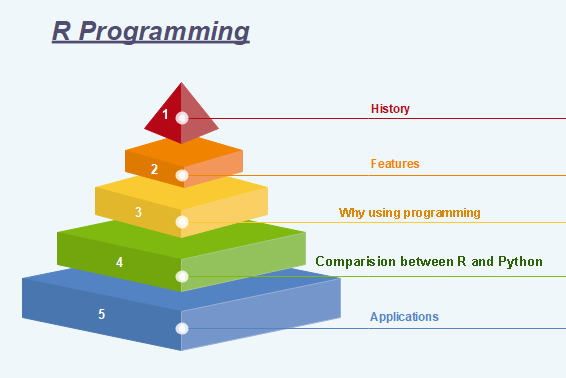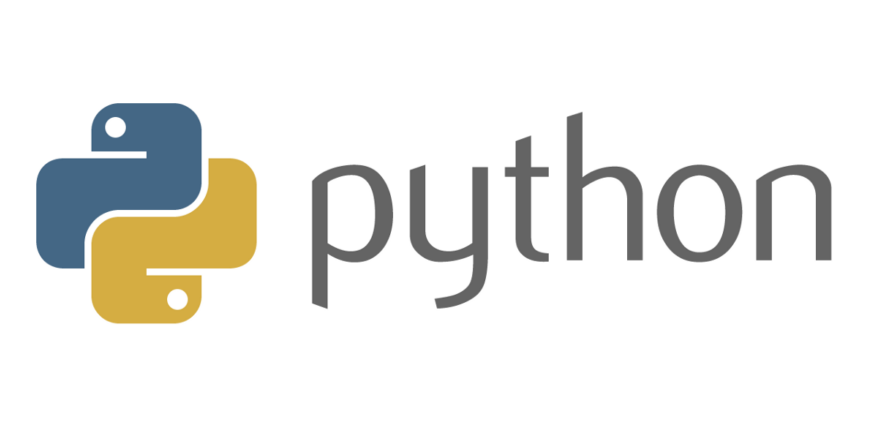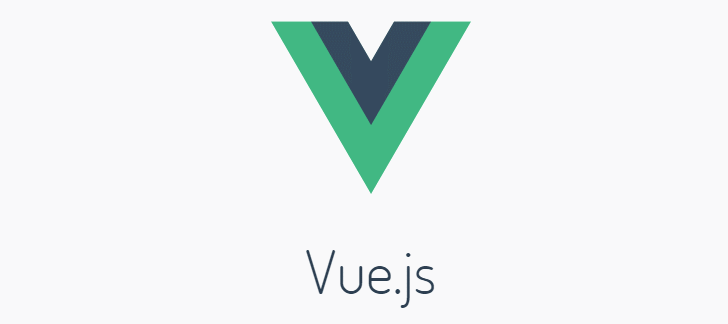Table of Contents
Introduction:
R is a powerful and widely-used open-source programming language that has become the go-to tool for data analysis and visualization. With its extensive library of packages and user-friendly syntax, the data analysis and visualization in R makes it easy to work with large and complex datasets, and to produce high-quality visualizations and reports. Whether you’re a data analysis and visualization, a business analyst, or a researcher, R has everything you need to get the most out of your data.

Data Analysis with R:
One of R’s greatest strengths is its ability to perform complex data analysis, including descriptive statistics, regression analysis, and machine learning. R’s library of packages, including base R and the tidyverse, provides a wide range of functions for cleaning, transforming, and modeling data, making it easy to work with large and complex datasets.
Whether you are working with a single variable or multiple variables, R provides a rich set of tools for performing descriptive statistics, including mean, median, mode, standard deviation, and correlation. With R, you can also perform regression analysis, which is a statistical method used to model the relationship between a dependent variable and one or more independent variables.
R is also a great tool for machine learning, with packages such as caret and mlr providing a wide range of algorithms for supervised and unsupervised learning. Whether you are working on a classification problem or a regression problem, R has everything you need to build and evaluate predictive models.
Data analysis is a critical aspect of data science, and R is a popular open-source programming language that is widely used for data analysis. R provides a wide range of functions for cleaning, transforming, and modeling data, making it a great choice for performing complex data analysis.
Descriptive statistics are an important part of data analysis, and R provides a wide range of functions for calculating measures such as mean, median, mode, standard deviation, and correlation. These functions are easy to use and provide accurate results, making R a great choice for descriptive statistics.
Regression analysis is another important tool for data analysis, and R provides a wide range of functions for performing linear, logistic, and non-linear regression. Whether you’re working with a single independent variable or multiple independent variables, R has the tools you need to model the relationship between a dependent variable and one or more independent variables.
Machine learning is also a key part of data analysis, and R has a wealth of packages for performing supervised and unsupervised learning. Whether you’re working on a classification problem or a regression problem, R has everything you need to build and evaluate predictive models.
In conclusion, R is a powerful and versatile programming language that is essential for data analysis. Its wide range of functions for cleaning, transforming, and modeling data make it easy to perform complex data analysis, and its extensive library of packages for machine learning make it a great choice for building predictive models.
Visualization with R:
R is also a top choice for data visualization, with its extensive library of packages for creating high-quality visualizations and reports. Whether you are working with bar charts, scatter plots, histograms, or more complex visualizations, R provides a wide range of tools for creating engaging and informative visualizations.
One of the standout features of R for visualization is its ggplot2 package, which is a powerful and flexible visualization library that provides a wide range of geoms and themes for creating high-quality visualizations. Whether you are working with large or small datasets, ggplot2 makes it easy to create eye-catching and informative visualizations.
Visualization is an important aspect of data analysis, and R is a popular open-source programming language that is widely used for data visualization. With its library of packages and user-friendly syntax, R provides a wide range of tools for creating high-quality visualizations and reports.
One of the standout visualization packages in R is ggplot2, which provides a wide range of geoms and themes for creating eye-catching and informative visualizations. Whether you’re working with bar charts, scatter plots, histograms, or more complex visualizations, ggplot2 makes it easy to create engaging and informative visualizations.
In addition to ggplot2, there are many other packages in R for visualization, each with its own strengths and weaknesses. For example, lattice is a great choice for creating Trellis plots, while plotly is a great choice for creating interactive visualizations.
Whether you’re working with large or small datasets, R provides a wide range of tools for creating high-quality visualizations and reports. Whether you’re a data scientist, a business analyst, or a researcher, R is the perfect tool for creating visualizations that help you get the most out of your data.
Conclusion:
In conclusion, the data analysis and visualization in R is a powerful and versatile programming language that is ideal for data analysis and visualization. With its extensive library of packages and user-friendly syntax, R makes it easy to work with large and complex datasets, and to produce high-quality visualizations and reports. Whether you’re a data scientist, a business analyst, or a researcher, R is the perfect tool for getting the most out of your data.


